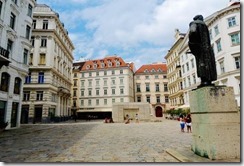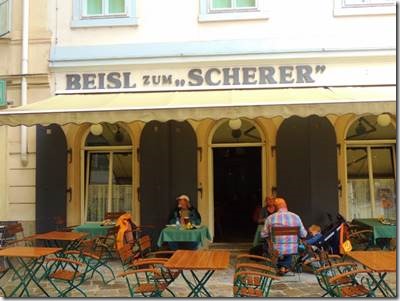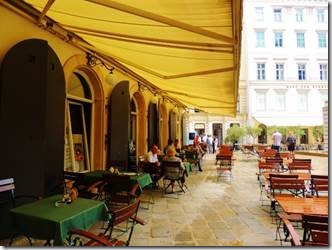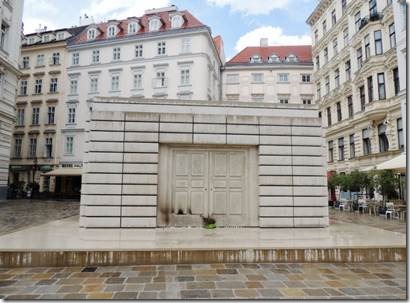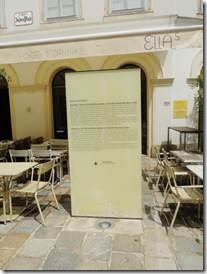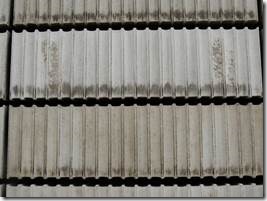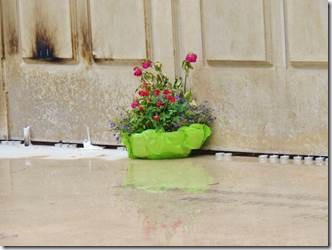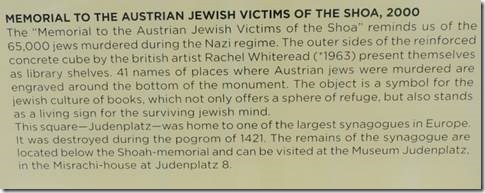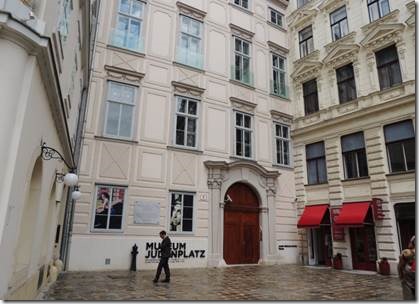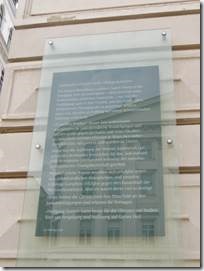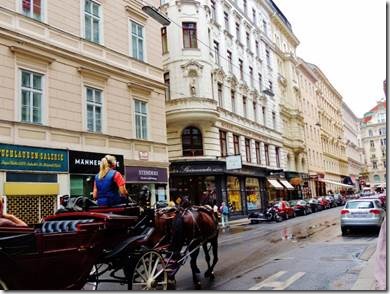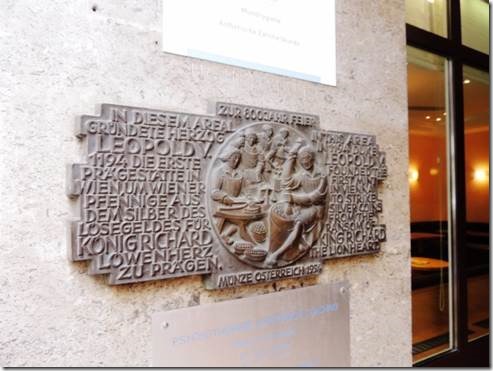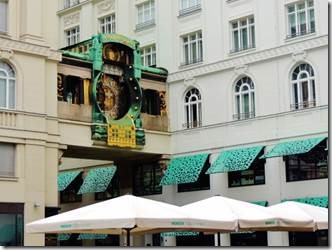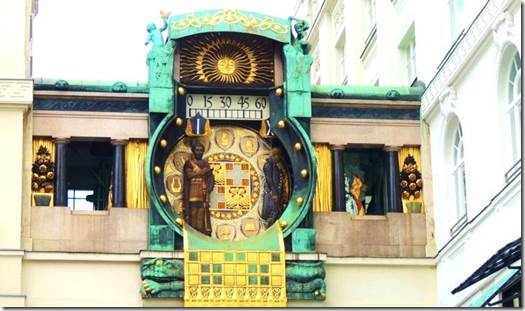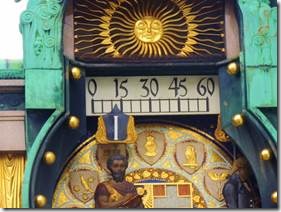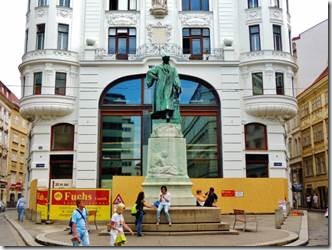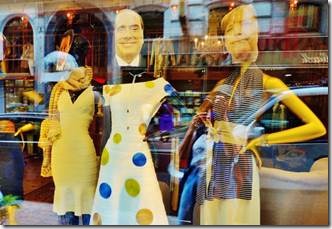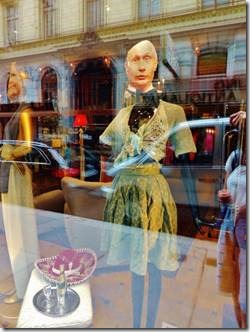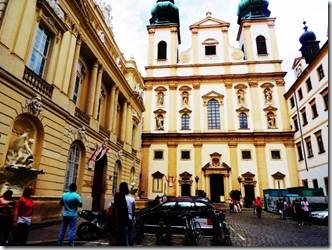Komarno Marina
Ahoj,
Hello in Slovak.
We spent yesterday touring Bratislava, today cruising 100 km and the largest lock of the trip to get to Komarno., Tomorrow we’ll visit the town. Instant reaction; I like Slovakia.
Last Saturday Randal and I started the day at the Flea Market at Naschmarkt. But it was rainy and as we realistically don’t want to add to our possessions at this point, we decided to spend our final afternoon in Vienna doing something else. I suggested the Judenplatz and the Holocaust Memorial and perhaps the Jewish museum. As it was Saturday, the museum was closed but the weather cleared and we had a lovely afternoon wandering. All in all, Randal and I had a very Jewish Vienna.
Ru
Holocaust Memorial Vienna Judenplatz
http://travelwritersmagazine.com/tag/judenplatz/ is an excellent write up by Karen Rubin about the Juden Platz square and museum with links to the author’s visit to the Mauthausen Concentration Camp (referred to as Mauthausen Memorial Center and her bike trip along the Danube.
|
“Closed books and stilled lives” Review: Whiteread’s concrete tribute to victims of nazism Kate Connolly in Vienna The Guardian, Thursday 26 October 2000 02.04 BST http://www.theguardian.com/world/2000/oct/26/kateconnolly The statue of the man just says Lessing. I wondered why his statue was in the Judenplatz. First I found this article written in 1935.
Statue to Lessing is Erected on Jewish Square in Vienna July 5, 1935 A statue to Gotthold Ephraim Lessing, famous German poet, dramatist and critic of 150 years ago, whose essays and plays stimulated the emancipation of the German Jews, has been erected in the Judenplatz (Jewish Square) here. Jews were once burned alive in the square where the statue now stands. A tablet still remains with the inscription, “Jewish dogs were burned here.” In spite of this, when Vice Mayor Lahr announced that the name of the square had been changed to “Lessingplatz,” there were some objections in Jewish circles. The idea for the statue was conceived twenty years ago by a committee headed by the then Premier Ernst von Koerber and Josef Unger. The unveiling was witnessed by leaders of Vienna intellectual circles and admirers of Lessing, including Chief Rabbi David Feutchwang, Federal Councillor Frankfurter, Prof. Gluecksmann of the German People’s Theatre and Dr. Fischer, historian. The dedication address was made by former Minister Oswald Redlich, president of the Academy of Science. The government was represented by Vice Mayor Lahr. Herr Lahr pointed out that Lessing had described Vienna as a city where one is allowed to write and speak in freedom, adding: “Let us hope that Vienna will soon be such a city again.” Read more: http://www.jta.org/ This is a contemporary story. “An imposing statue in the center is the German playwright Gotthold Ephraim Lessing (1729-1781). The original statue was created by Siegfriend Charoux and unveiled in 1935, but removed in 1939 by the National Socialists and melted down for weapons. Charoux created a second Lessing monument out of bronze, unveiled in 1968 and moved to Judenplatz in 1981 where it stands today.” |
|
Our lunch place: A bit overpriced for what you get, but it’s a lovely place to sit and sip during the week when the area must be full of activity. “The Viennese Beisl is more alive and well than it has been in a long time. Several recent waves of fashionable dining may however have done some harm to these basic pubs or inns of Vienna: There was nouvelle cuisine (which translated as “eating tiny specks of stuff you don’t know on a very large plate”). Then there was the post-modern dining fashion that spelled “anything goes,” and in fact all sorts of crossover restaurants did go, many of them out of business. We also witnessed the attempts of convenience food chains, theme diners, fake Irish pubs and very Middle Eastern-Italian trattorie to conquer the Austrian palates. Through all this, the Beisl stayed. Last spring and summer, the Wien Museum paid homage to this institution that not only provides its clients with affordable food but also serves as a real-life chatroom and ersatz living room for those less literarily inclined than the Kaffeehaus patrons and favoring beer over coffee (though of course you get both in both places).” http://www.viennareview.net/services/restaurant-reviews/beisl-cuisine |
|
To the right of the chairs is the open plaza with the memorial. |
|
The plaque tells about the memorial And then I had a flash that I recognized the name Rachel Whitread. “Rachel Whiteread unveils golden frieze at Whitechapel Gallery” which I wrote about after a visit to the gallery while in London. http://www.bbc.com/news/entertainment-arts-18432744 |
|
Jewish Museum was closed on Saturday. “A memorial plaque on the outside of Misrachi-Haus reads: Thanks and acknowledgment to the just among the people, who in the years of the Shoah risked their lives to help Jews, persecuted by the Nazi henchmen, to escape and survive.—The Austrian Jewish Community, Vienna, in the month of April 2001 in April 2001, the Jewish Community placed another memorial plaque, this one devoted to those who helped Jews during the Nazi era, on the so-called Misrachi House at Judenplatz 8.” |
|
Half the carriage drivers I saw were women! The sound of clip clop was very distinct on the streets. |
|
Something Barbara Timmerman had said made me stop to look at this plaque. “In this area in 1194 Duke Leopold V founded the first mint in Vienna to strike silver coins from the ransom of King Richard the Lion Heart” are the words engraved on the plaque. “1194: Duke Leopold V installs Shlom as mint master. Shlom is the first Jew whose settlement in Vienna can be documented.” www.vienna.info |
|
Anker Clock at Hoher Markt http://www.youtube.com/watch?v=XYmYCQ6h5P8 is a video of the noon time performance. Blink and you missed the movement from one minute indicator to the next. At noon the people moved but we weren’t there to see that. “This clock (built 1911 – 1914) was created by the painter and sculptor Franz von Matsch and is a typical Art Nouveau design. It forms a bridge between the two parts of the Anker Insurance Company‘s building. In the course of 12 hours, twelve historical figures or pairs of figures move across the bridge. Every day at noon, all of the figures parade, each accompanied by music from its era. During the Advent season daily at 5 and 6 p.m. Christmas Carols.” http://www.wien.info/en/sightseeing/sights/from-a-to-f/anker-clock |
|
A statue of Gutenberg which was appropriate as not far from his statue are many book shops. The statue was erected on the occasion of the 500th anniversary of book printing in Vienna. |
|
I recognize Merkel and Putin but not sure who’s wearing the polka-dots |
|
A square typical of Vienna Baroque |

